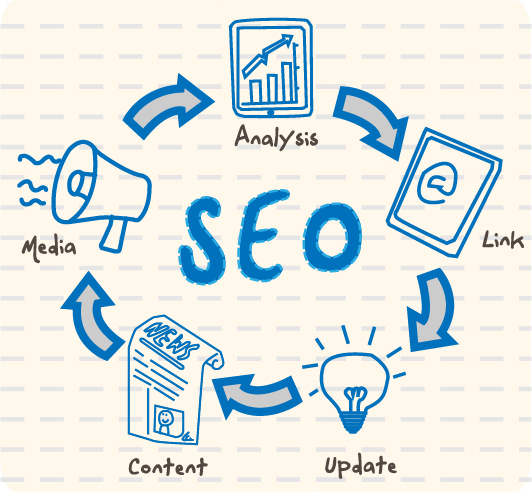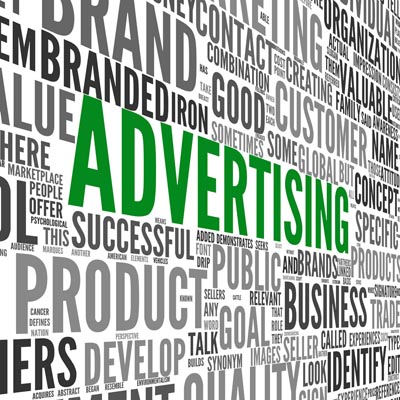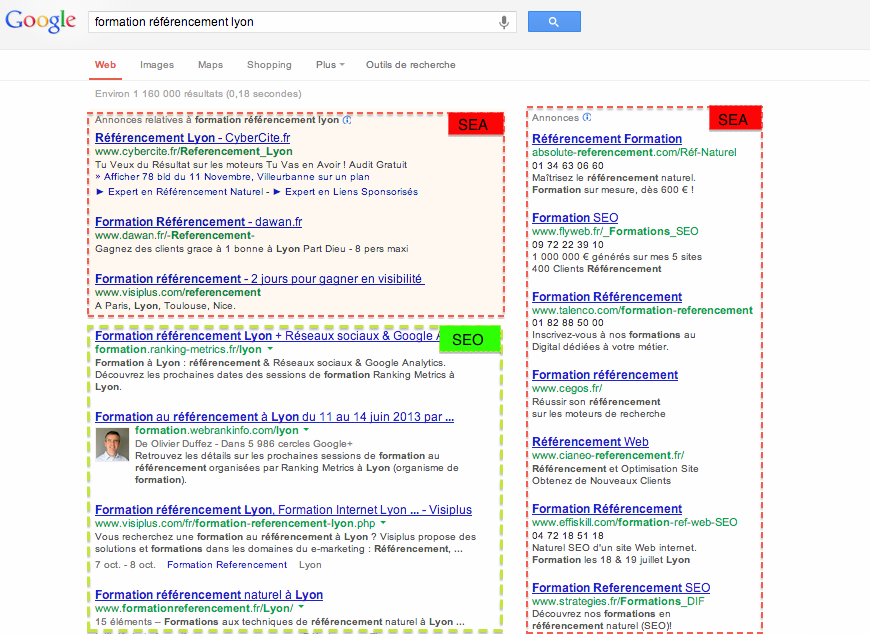Published on 27 June 2013 (Updated 29 February 2024)
Their similarities may be misleading, but natural search engine optimization (SEO) and paid search engine optimization (SEA) are quite different.
SEO is based on in-depth work on content quality. SEA, on the other hand, is based on advertising.
The former depends on the rules imposed by search engines, with a not inconsiderable cost in terms of manpower and time spent. The latter remains under the advertiser’s control, with a material cost initially determined in Euros.
SEO and SEA are, therefore two different referencing strategies with the same objective: to improve a site’s position in the search engines to generate maximum traffic.
Natural referencing: the basics

Search Engine Optimization (SEO) is the process of getting your website listed in search engines (Google, Yahoo, Bing…) by choosing strategic keywords related to your field of activity or expertise in order to make yourself visible.
Ranking your site in the top results of organic searches is what SEO is all about. It takes hard work to achieve relevant results over the long term.
Example:
Our goal is to make our peexeo.com website stand out in the top Google positions when a web surfer types in the keyword “Referencing courses Lyon”.
Our problem: Various agencies and other training organizations in Lyon want to be well-placed on these same keywords! There are approximately 1,160,000 results… Despite this, we managed to rank seventh on Google* thanks to the implementation of a natural search engine optimization strategy(*here we took the most widely used search engine, 91%)
The solution:
To optimize the content and structure of your website, you need to comply with a number of Google’s technical and editorial guidelines.
We’ll go into more detail on this subject in an upcoming article titled “How to set up and improve your natural referencing”?
How much does SEO cost?
SEO doesn’t cost a thing. It’s totally free but requires a great deal of in-depth work, technical knowledge, and patience. Some companies, lacking expertise in the field, occasionally call in specialized agencies to optimize their site. The cost is justified by the labor and all the technical and editorial services performed on the site’s structure. These include
- All external actions, known as netlinking, enable you to obtain relevant and popular links. The aim is to generate traffic and boost the visibility of the site on search engines.
- In addition to technical and editorial work, there’s traffic monitoring, more commonly known as reporting. This is an essential analysis phase in SEO, as it enables you to take stock of your website’s performance.
If you want instant results, there’s another tool you can use to get your site listed quickly: Sponsored links, also known as SEA (Search Engine Advertising).
Paid search

Sponsored links are employed to position an Internet site amongst the top results of search engines, known as paid search.
SEA involves the auctioning of keywords on one or more advertising networks (Google AdWords, Microsoft AdCenter, Yahoo Sponsored Links). When an Internet user queries using the keywords purchased by the advertiser, the ad will be displayed in two dedicated zones (see image below, an example of the display of natural and paid results in Google).
The advertiser does not pay for the ad’s display, but only for the click on the link (CPC).
If another advertiser pays more for the same keyword, it won’t necessarily be visible or better positioned because the bid is weighted by a quality rating for the ad.
There are a number of different pricing methods for bids:
- CPC (“Cost per Click”) is the most widely used. The advertiser pays by the number of clicks.
- CPM (“Cost per Thousand Impressions”). Advertisers pay for a certain number of displays of their graphic ads on the Display network (a set of sites, applications and videos on which ads can be displayed).
- CPA (“Cost per Acquisition”), the amount spent per conversion (a key marketing indicator).
These paid links appear in the results of a standard search. They are differentiated by their position and background color.

Commercial links are marked in red on the image. They appear at the top of natural search results on the right-hand side.
When an advertiser buys a keyword for a specific search query, they must define the title, description and link. The positioning of the commercial ad will depend on several criteria:
- Maximum bid (CPC max). The advertiser decides how much he wants to pay for the keyword, knowing that its cost can range from 0.01 to 50 euros.
- The ad quality, including the link contained in the ad and the site to which the user will be redirected. The ad will be better positioned if it is more relevant and of higher quality.
- Click-through rate. If the ad is clicked many times, Google will judge it to be a quality ad and will therefore favor its position.
If you want to appear quickly in the search engine results, control your spending, and reach a qualified target, then advertising with sponsored links could be the right choice for you. It’s a system that’s truly adapted and relevant to customer loyalty, lead generation and return on investment.
Conclusion
Natural referencing is effective over the long term and has the advantage of differentiating you from your direct competitors. This is achieved by adopting strategic techniques to optimize your position on search engines. However, these actions take time to implement and to produce satisfactory results.
Paid search, on the other hand, is an easy-to-use tool within everyone’s reach. It can rapidly bring visibility and excellent conversion rates. However, this technique should be avoided if :
- Your field of expertise is too competitive, and your budget is too small.
- You don’t have the time to devote to optimizing and updating your campaigns.
- You have no budget to allocate to advertising.
ARE YOU INTERESTED OR DO YOU HAVE QUESTIONS?
Want to optimize your site’s SEO? Send us a message and we’ll be happy to discuss your project together 🙂





